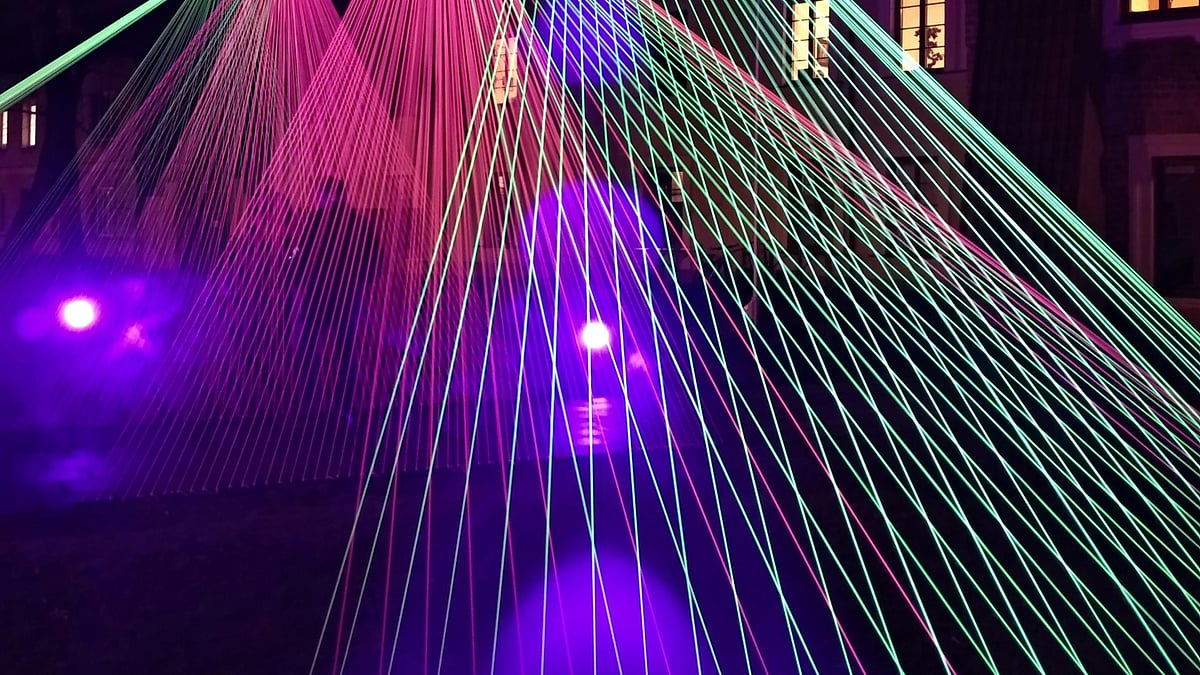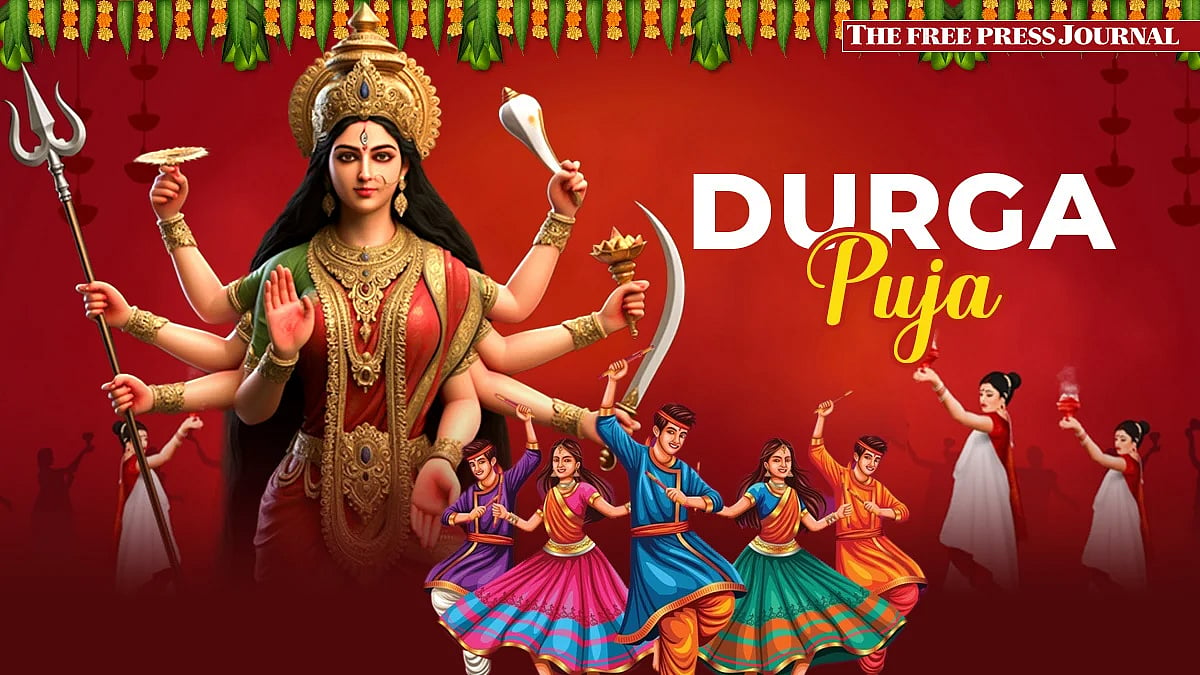Gudi Padwa is one of the most important festivals in Maharashtra, marking the beginning of the traditional Hindu lunar calendar. It falls on the first day of Chaitra month and is considered the Marathi New Year. The festival is celebrated with immense joy and enthusiasm, symbolising new beginnings, prosperity, and the victory of good over evil.
Gudi Padwa has deep mythological roots. It is believed to commemorate Lord Rama’s return to Ayodhya after defeating Ravana, marking the triumph of righteousness. Some also associate it with Lord Brahma, who is said to have created the universe on this auspicious day. Historically, Gudi Padwa is linked to the legendary Maratha warrior Chhatrapati Shivaji Maharaj, who hoisted the 'Gudi' (a victory flag) to celebrate his conquests and establish his rule.
The symbolic gudi
A significant aspect of Gudi Padwa is the hoisting of a ‘Gudi’ outside homes. This consists of a bright silk cloth tied to a bamboo stick, adorned with neem leaves, flowers, and an inverted silver or copper pot. The Gudi is believed to ward off evil, bring good fortune, and symbolise the victory of good over evil. It is also a representation of prosperity and success, making it a key ritual in Maharashtrian households.
What are the traditions followed?
Maharashtrian families begin the day with an oil bath, followed by the preparation of special dishes such as Puran Poli, Shrikhand, and Bitter Neem Chutney, which signify the balance of different life experiences. Homes are decorated with rangoli, and processions take place, featuring traditional music and dance. The festival fosters a sense of unity and joy among the people.
Gudi Padwa is not just a New Year celebration but a reflection of Maharashtra’s rich cultural and historical heritage. It brings families together, instills positivity, and signifies a fresh start. By honoring traditions and embracing new beginnings, Maharashtrians continue to uphold the spirit of Gudi Padwa as a cherished festival.











